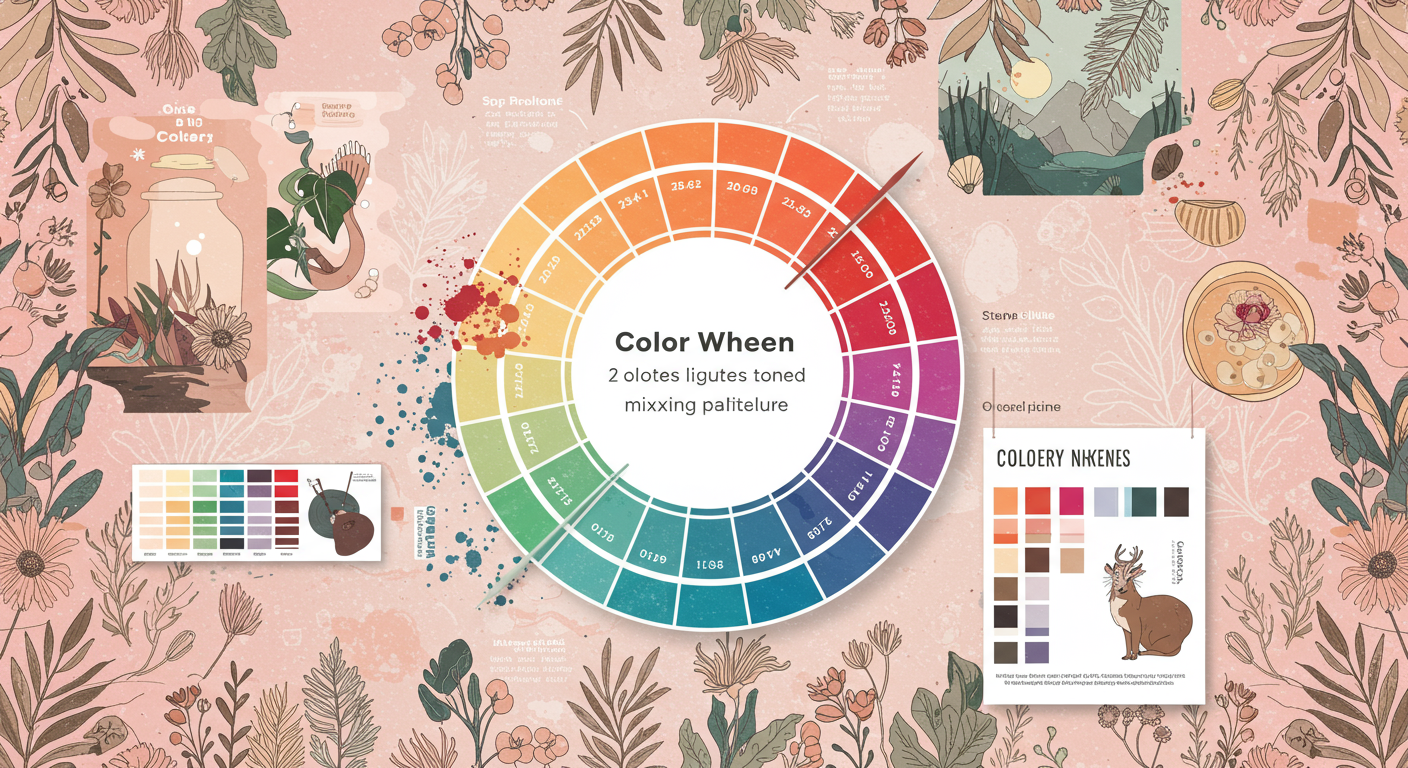Color Theory Basics for Beginners
Understanding the Power of Color
Color is more than just aesthetics; it's a powerful tool that impacts our mood, emotions, and even productivity. Learning the basics of color theory can unlock your creativity, enhance your designs, and even contribute to a more mindful and stress-free life. This guide provides a beginner-friendly introduction, equipping you with practical knowledge and actionable steps.
The Color Wheel: Your Creative Foundation
The color wheel is the cornerstone of color theory. It organizes colors based on their relationships, making it easier to understand harmonies and contrasts. The primary colors – red, yellow, and blue – are the foundation, forming all other colors when mixed. Secondary colors (green, orange, and violet) result from mixing two primaries. Tertiary colors are created by mixing a primary and a secondary color.
Color Harmonies: Creating Visually Appealing Combinations
Understanding color harmonies is crucial for creating aesthetically pleasing and balanced designs. Here are some key harmonies:
- Complementary Colors: These are colors opposite each other on the color wheel (e.g., red and green, blue and orange). They create high contrast and visual excitement.
- Analogous Colors: These are colors located next to each other on the color wheel (e.g., blue, blue-green, and green). They offer a harmonious and soothing effect.
- Triadic Colors: These are three colors evenly spaced on the color wheel (e.g., red, yellow, and blue). They offer a vibrant and balanced palette.
Color Psychology: The Emotional Impact of Hues
Different colors evoke different emotions and associations. Red is often associated with energy and passion, while blue is often calming and serene. Understanding color psychology can help you create designs that evoke specific feelings and moods. For example, using calming blues in a meditation space can enhance relaxation.
Applying Color Theory to Boost Creativity and Reduce Stress
Color theory isn't just for artists and designers; it's a valuable tool for anyone seeking to enhance their well-being. Mindful coloring, for example, can be a therapeutic activity that utilizes the principles of color harmony to promote relaxation and focus. Choosing colors that resonate with you can make this activity even more beneficial.
Bridging the Gap: Color, Creativity, and Mental Well-being
At BingoRealm, we believe that nurturing your creativity is a crucial aspect of mental well-being. Understanding and applying color theory allows you to tap into your creative potential, fostering a sense of accomplishment and reducing stress through mindful engagement. By consciously choosing colors in your daily life—from your workspace to your clothing—you can subtly influence your mood and productivity.
Practical Exercises and Printable Resources
To help you further explore the world of color, we've created several printable resources available on our website, including color wheels and worksheets to guide you through different color harmony exercises. These tools will enable you to actively apply what you've learned and experience the benefits firsthand.
Conclusion: Unleash Your Inner Artist
Color theory is a powerful tool that can significantly impact your creative expression and overall well-being. By understanding the basics and applying this knowledge consciously, you can create more engaging designs, foster mindfulness, and even enhance your emotional state. Embrace the world of color and discover its potential to enrich your life.
Explore our collection of mindful activity books to start your journey!

Comments are closed